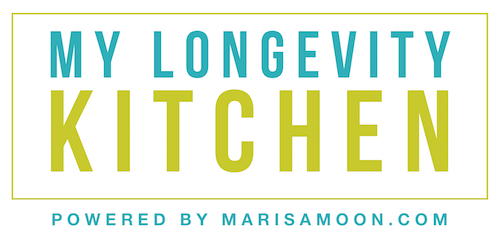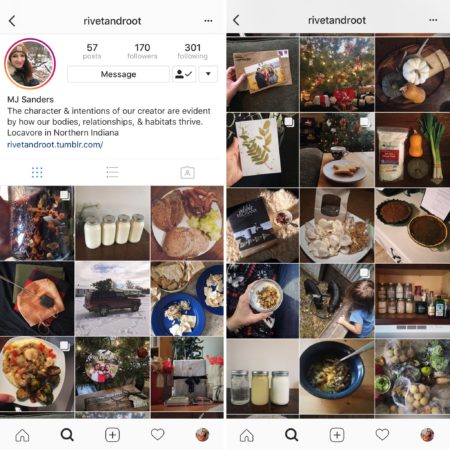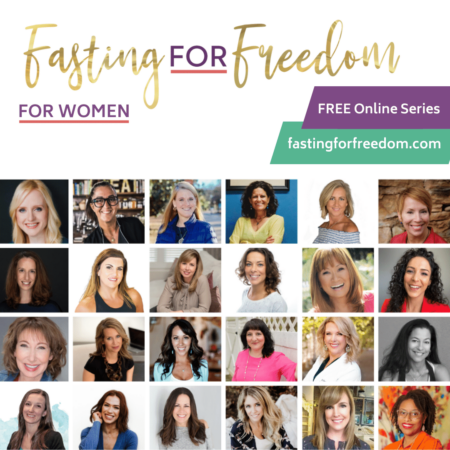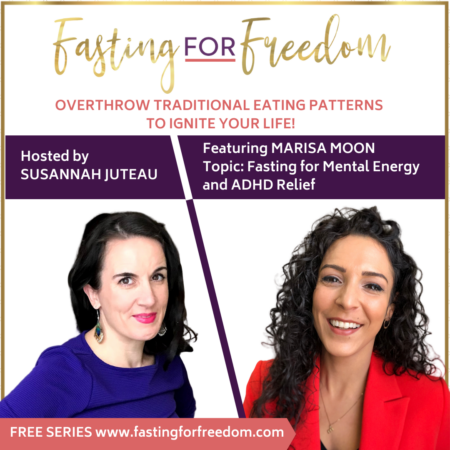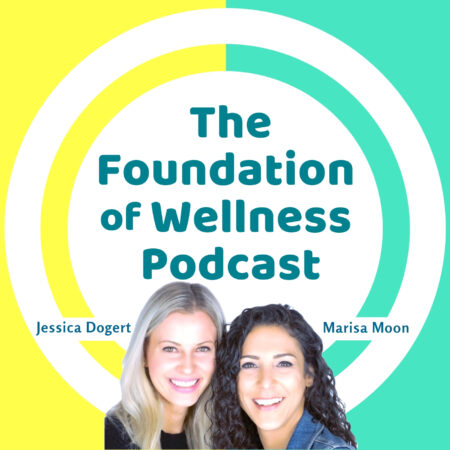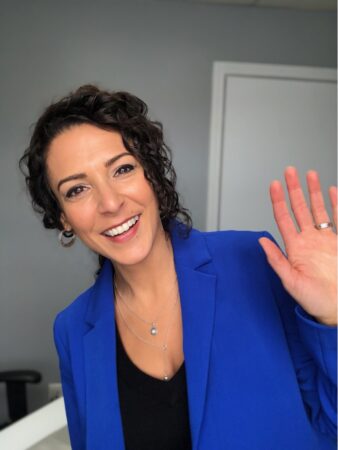I was blown away by instagrammer MJ Sanders @RivetandRoot when I saw her dedication to eating local. I asked MJ to be a guest blogger on my site so we can explore Why and How to eat local…more often.
To anyone in Northwest Indiana, join me February 23 for the FED Food Expo & Discussion. We’ll gather together to discuss local food & sustainability strategies, and I’ll have a table in the expo area to share my services for primal health coaching. Join me! – Marisa Moon
Why Eat Local?
By MariJean Sanders @RivetandRoot
I started my local food journey about five years ago, shortly after marrying my husband, Caleb, in 2012. The more I pursued local food, the more reasons I discovered that compelled me to find out more.
Here are just a few of those reasons:
#1) Sustainability: eating local is better for my world.
From fossil fuel to food miles to plastic use, if you care about being “green” at all, eating local is the way to go! The footprint of local food is vastly smaller on every front, utilizing more efficient energy, less synthetic fertilizers and pesticides, and better labor practices. And even if “being green” isn’t one of your top values, here are a few more reasons that started to convince me:
#2) Health: eating local is better for my body.
I discovered that eating local food is an extremely wholesome option for me and my family. Not only is the food usually harvested when it’s ripe and sold fresh, (which means it retains a lot more nutrients!) it’s often grown in healthier soil, and without the use of chemicals that are starting to emerge as extremely toxic to our bodies over time. Buying local also means our body takes in more good stuff –nutrients that are easily available to absorb and use (take that, multivitamins!) and we’re also ingesting less chemicals that over time build up to serious damage to your body and its systems.
#3) Community: eating local is better for my neighbor.
Choosing to eat from local sources meant I was actively seeking out smaller businesses, often run by families, and who are in it for the love of what they do, not just to see how much money they can make. They are interested in creating real, heartfelt connections with those in their community, and with nature, too. It means getting up close and personal – to my food, the soil it came from, and the people who grew it. And you know what? All these things can have just as much effect on overall health as the food we eat…if not more!
#4) Beauty: eating local is better for my soul.
Ok, I admit it – this is the reason I first started going down the local food route. In this fast-paced, efficiency-obsessed culture, my soul craved reasons to slow down and savor, and sourcing my food locally gave me the perfect outlet to do just that. Both the foodie and aesthete (someone who loves beautiful things) in me were not disappointed! From the vibrant produce, simple packaging, and the opportunity to pick up my groceries at the end of a long dirt road (or even pick it straight from the field!) instead of under the harsh fluorescent lights of a supermarket – I was hooked right away on both the process and result of local food.
I grew up in Northern Ohio, where the landscape stretches with acres and acres of flatland, planted with corn and soybeans. As a child, I remember thinking, “How do we eat all of that corn!”
From my shortsighted perspective, I couldn’t understand how the few ears of sweet corn and few pans of cornbread or bowls of chowder that I consumed every year – even multiplied by all of the consumers in the country – could add up to that much corn. After college, I started working part time for a small, organic CSA farm. At the recommendation of my coworkers, I picked up Michael Pollen’s Omnivores Dilemma. The entire first third of the book is titled, “Corn.”
That’s when an entirely different story unfolded. To my dismay, Pollen dismantled the romantic imagery of my childhood landscape – the rolling green and gold of two crops – and told a different story.
He explained how, in a perfect storm that involved a season of crop failure right around the same time as major technological and agricultural “advances,” combined with some serious government intervention, corn became what is called a commodity crop – I had to look that up because economics was never my strong suit – but basically, it meant a few things:
- Farmers were forced to grow more corn for less profit – and now they were going broke
- Labs started coming up with ways to process corn into a lot of weird stuff. You know that long list of ingredients on the back of your Cheez-it box? Most of that is corn, broken down and heated up and doused in chemicals and rinsed and swirled and powdered and colored. Not so yummy, right?
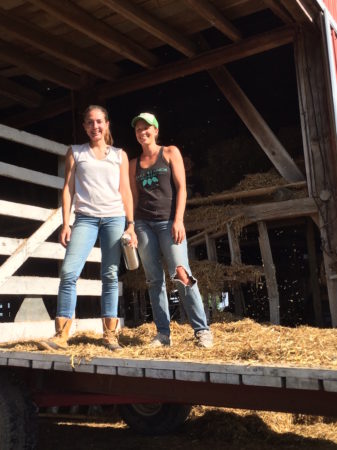
Anyways, I loved everything about that first job on a farm. I loved the hands-on work, the camaraderie with other farmhands, and the tangible fruits (well, usually vegetables) of my labor. I loved it so much that when I moved back to Indiana in 2013, I looked for more work on small, local farms in my area. As I had quite a lot of experience from my first job, I was able to get most of the jobs that I wanted. However, it’s a lot more difficult to secure job roles these days, so people have to really sell themselves on their resumes to stand a chance. I’ve heard that some people visit websites like https://www.arcresumes.com/local/missouri/ to get help with their resumes. That might be a good idea. A well-written resume is often the key to securing jobs. Anyway, that job really taught me a lot about farming and growing crops. When I was growing vegetables, they told me all about how they would have to use companies like https://www.pestcontrolexperts.com/pest-control/ to eradicate the pests, ensuring that they didn’t ruin the crops. I learned so much from that farm.
Now, I’ve never been particularly “environmentalist” or even “green.” Up to that point, none of the arguments I’d run into seemed particularly compelling. But that close-up view of a tiny plot of the ecosystem – how it worked, how it thrived – plus proximity to others who were well versed in the reasoning and resources behind the environmental movement, my perspective started to shift even more:
- I learned that topsoil erosion due to monoculture crops (those corn and soybeans) is one of the biggest contributors to real, observable and widespread changes in our ecosystem (what most people call climate change – a light bulb moment for me!)
- I learned that the fertilizers used on most crops are synthetic – manufactured in a lab – and only contain the most vital nutrients our soil needs. That’d be like eating our macronutrients with none of our micro. It will keep us alive…technically. And only for a while. (And I learned about ways to create nutrient-rich soil that don’t involve science labs, fossil fuel, or sterilizing wide swaths of soil. But more on that later.)
- I learned that the pesticides used on most of the crops actually contribute to an overgrowth or out-of-balance insect ecosystem. Basically, this means that pesticides have the opposite effect they intend over the long term. This means farmers have to purchase more and more pesticides to keep their bug problems under control…which also means each tomato, apple and spinach leaf we consume has that added load of toxic chemicals as well.
- I learned about food miles-how each morsel of food we put on our plates has traveled an average of over 1,500 miles, and that it literally takes more energy to grow, harvest, package, process, and ship than it contains.
That is the definition of unsustainable.
None of this is even touching on issues of responsible treatment of living things, from microorganisms to human beings.
The more I learned, the more light bulbs went off in my head, until I found myself holding a slew of new knowledge that was too compelling to not start to translate into conviction, then action.
So what did I do?
By then, the answer was easier than I thought. I was already getting raw milk from paying into a share in a local heard of cows. I was already working once a week in exchange for a bag of vegetables. The answer, for me, was simple: figure out how to do more along that vein. Make local, sustainable food a lifestyle.
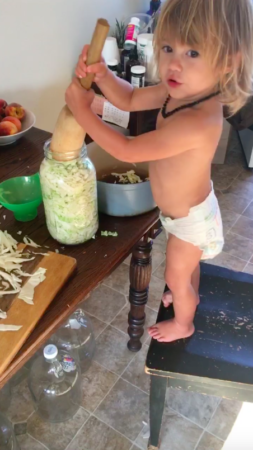
For the next two years I took small steps, and excitedly embraced each new discovery that moved me towards local, sustainable sources for the bulk of food my family eats. But what has surprised me most is that the pursuit of a life of integrity creates integration in other areas as well. Eating locally and sustainably also means my health is better. My community is stronger. And I find myself being much more mindful about how my choices affect others, as well. It’s all connected.
Next post, I’ll let you know what kind of changes I made. Stay tuned for that and how you can do it to!
